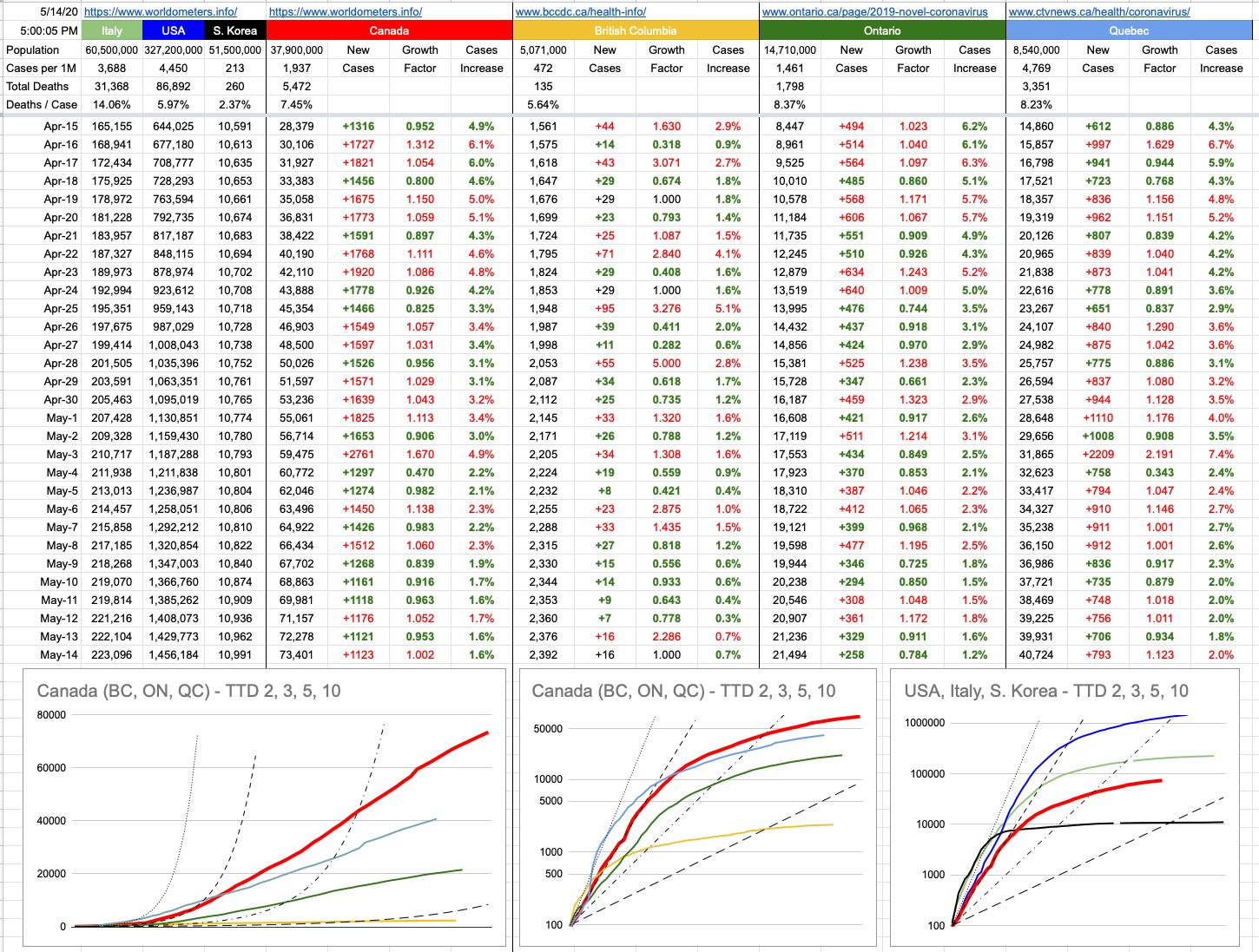Day 80 – June 4, 2020
I had a whole thing written out today… but it’s taken a sharp turn… and I ended up pulling the plug on the latter half of it. It might not surprise you to learn that I have a lot to say about all sorts of topics, and sometimes my personal opinion perhaps clouds my judgement… or let’s just call it objectivity. I have a pretty clear idea of what I think is right, but that’s never stopped me from trying to put myself in someone else’s shoes, to see how things look from their point of view. Everyone has their story, as incongruent as it might be, so let’s hear it. I might learn something from it.
I’m going to get a little technical for a moment. There are two techie things to understand: A Virtual Machine and a VPN. Feel free to skip the next two paragraphs if you know what those things are.
A Virtual Machine is basically a computer running inside a computer. A host computer runs the virtual machine, and the virtual machine (and everything running in it) thinks it’s running as a stand-alone computer. For example, this is being written on a Mac, my primary computer (and host computer). But off in the corner, at the moment, I have a tiny VM… running, of all things, Windows XP. I need to do this because I have some hardware that needs controlling and for which there’s no current software; the old stuff runs fine, so rather than having a whole computer dedicated to it, I have this 20-year-old operating system running inside a VM that makes it look like 20-year-old hardware. That operating system thinks it’s running on a computer with a Pentium 4 chip, 512 megs of RAM and a 5GB hard drive. Minuscule numbers for today, but they work just fine for the purpose.
A common use for a Virtual Private Network (VPN) is to establish a location different than where you actually are. Typically, VPNs are used to grant access securely to some remote resource, but people quickly figured out a convenient by-product… that often, those VPNs are based elsewhere. From there sprung-up a whole industry for people trying to bypass local controls. For the most part, a website can only tell where you physically are from the IP address you’re using. It’s a big no-no in some places in the world to connect to a VPN… like everywhere that the government controls access to the internet, because many VPNs allow you to select the location you want… be it a country, state or even city. Around here, people mostly use VPNs to watch US-based Netflix. When you connect to a VPN, you can “be” anywhere in the world that you want.
So a while back, I created a completely clean VM — like a brand-new installed operating system. I then set that VM to always connect through a VPN, in what we would all call a very red state. Serious MAGA country. Then I signed up for a new fake email address and then, Facebook. That FB profile had a fake name and fake credentials… no pictures of me… just many of American flags, Donald Trump, etc.
The intent here was research. I had no intent on engaging with anyone. I just started “Liking” lots of different groups, friending lots of American patriots, to see what my feed would look like. What would show up, and, more importantly, what “news” would show up? I just wanted to see what this world looks like from a very different lens… and you’d be surprised… slick and professional. Totally believable… so much so, a few times I had to go back and check other news sources to compare. What actually did happen today?
Near the end of the experiment, I made the mistake of engaging, because I was getting frustrated at all the crap I was seeing, and the same non-questioning, non-critical-thinking RaRaRa MagaTrump etc… there was such misinformation being posted that it begged asking… so I sent this blurb to a few people:
“I am curious about something — are you propagating misinformation on purpose? Are you just blindly copying/pasting information because it aligns with what you hope is reality? I apologize in advance if this comes off as a personal attack; it’s not meant to be. I’m just noticing a lot of people taking information that can’t possibly be correct and reposting it because it agrees with their version of reality, as warped as it might be. What you posted — do you know it’s bullshit? Do you not expect to get called on it? I’m genuinely curious.”
The result was what you’d expect, but far worse. It became impossible to manage.
I ended up shutting it down. I closed the FB account, closed the email, dragged the VM to the Trash. The whole fake identity no longer exists. Unfortunately, the reality with which that identity briefly interacted — it’s all still there.
I am desperate to see real change in the word, but I am incredibly discouraged by what I experienced. There is a whole block of population that simply can not understand, doesn’t want to understand, is unwilling to understand… it doesn’t matter how you word it. There are people who will post something so outrageous that it’s literally impossible for it to be true, yet they will defend it to the death. There is no logic that can be applied to convince them otherwise, because they don’t want to be convinced. They have their truth. So if you can’t convince someone who seems intelligent and educated… that their COVID-19 numbers, claiming a death-rate that would require the US population to be 15 billion people — are bullshit, how far do you think you’re going to get with more subtle, reasonable arguments… be it the pandemic, politics, racism, whatever. Their minds are made up, and nothing will ever change them.
As per the first sentence of this post… I’m cutting it here. My intent here is not to insult people, just inform… be it facts, or simply my opinion.
I talked recently about it being a steep uphill, but this looks like a vertical rock face. I do have my ideas, and perhaps I’ll eventually get around to sharing them… but honestly, at this point, I’m open to suggestions. It has to start with education… but how?











